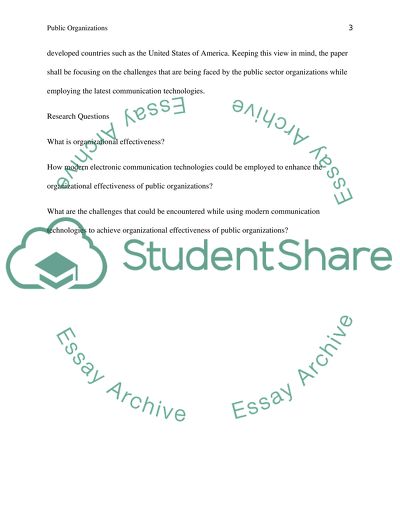Cite this document
(“Public Organizations Research Paper Example | Topics and Well Written Essays - 2000 words”, n.d.)
Public Organizations Research Paper Example | Topics and Well Written Essays - 2000 words. Retrieved from https://studentshare.org/sociology/1600430-public-organizations
Public Organizations Research Paper Example | Topics and Well Written Essays - 2000 words. Retrieved from https://studentshare.org/sociology/1600430-public-organizations
(Public Organizations Research Paper Example | Topics and Well Written Essays - 2000 Words)
Public Organizations Research Paper Example | Topics and Well Written Essays - 2000 Words. https://studentshare.org/sociology/1600430-public-organizations.
Public Organizations Research Paper Example | Topics and Well Written Essays - 2000 Words. https://studentshare.org/sociology/1600430-public-organizations.
“Public Organizations Research Paper Example | Topics and Well Written Essays - 2000 Words”, n.d. https://studentshare.org/sociology/1600430-public-organizations.


